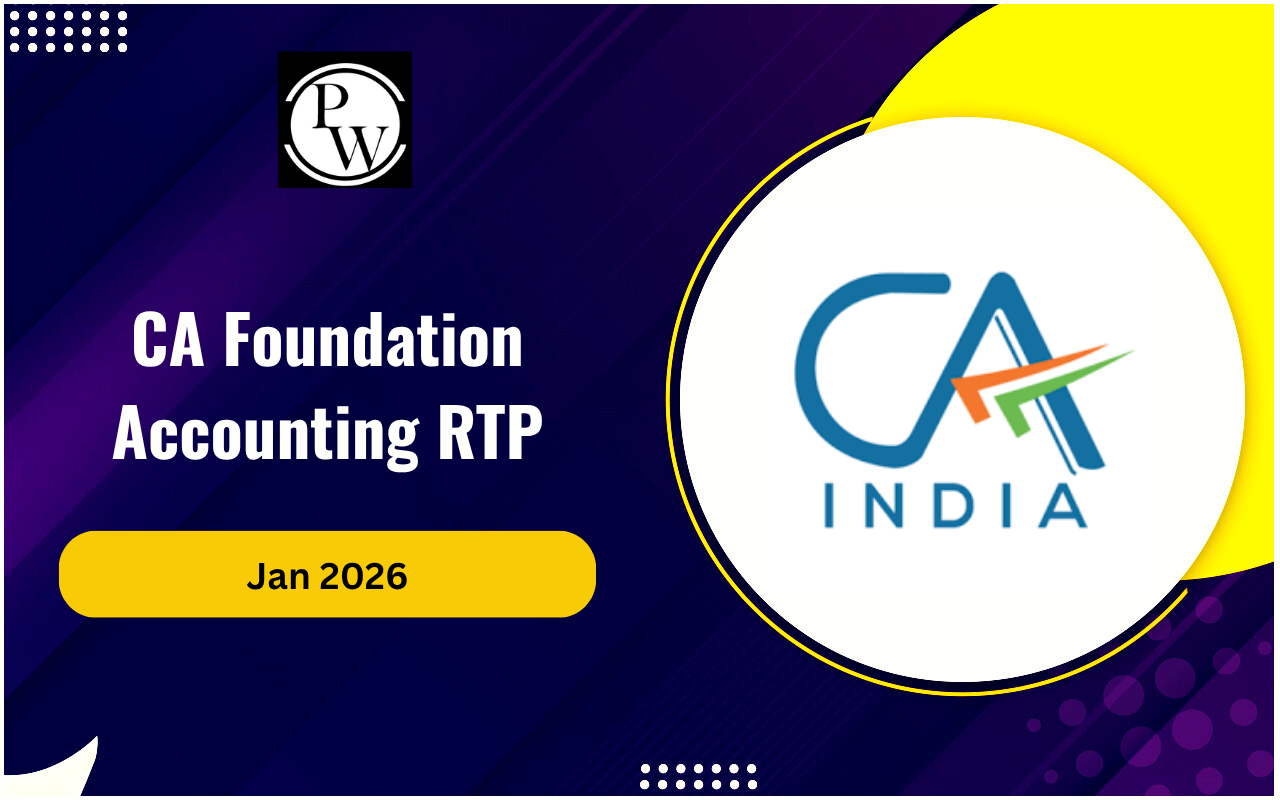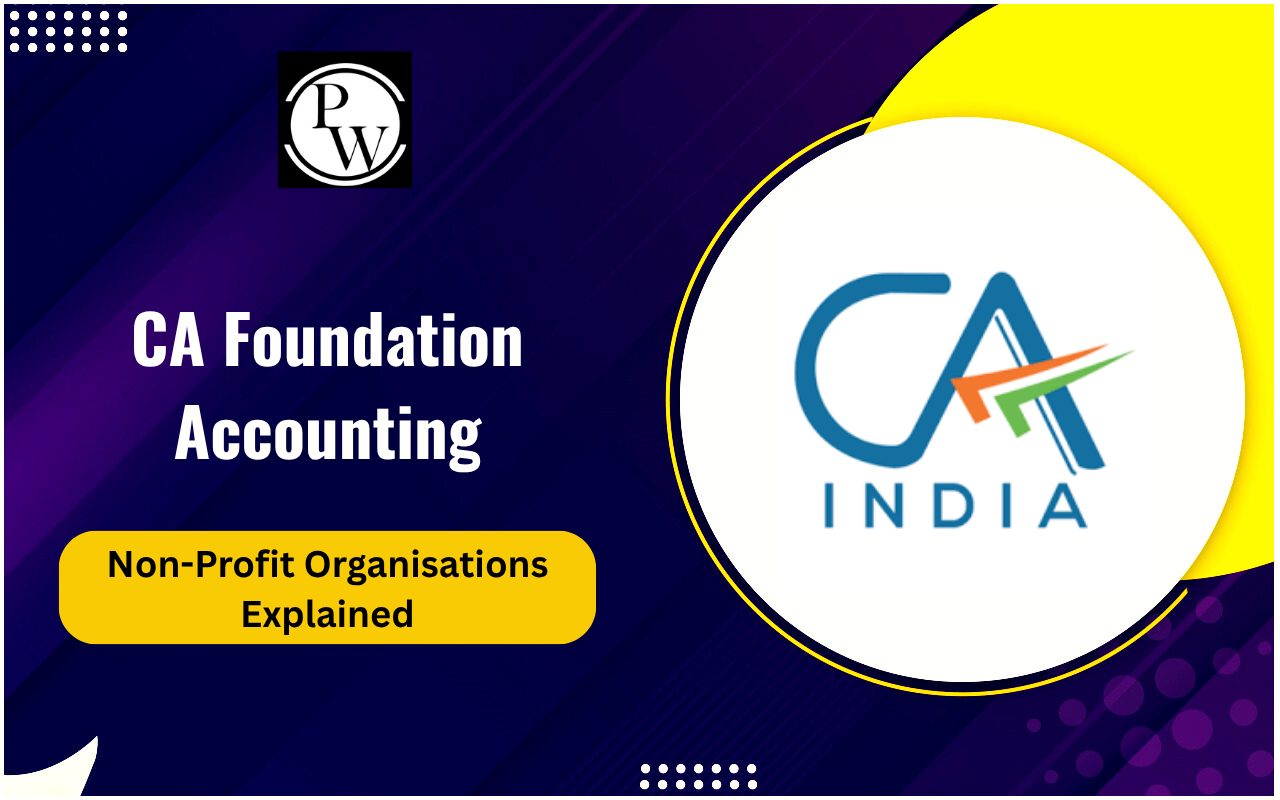
Dividend policy is a crucial aspect of corporate finance, reflecting a company's approach to distributing profits back to its shareholders. For CA students, grasping the nuances of this topic is essential for mastering financial management for CA Exams . In this article, we’ll explore what dividend policy entails, its various types, the factors influencing it, and how it adapts to different market conditions.
What is Dividend Policy?
At its core, dividend policy refers to the strategy a company uses to decide how much of its earnings will be paid out to shareholders in the form of dividends versus how much will be retained within the company for reinvestment. This decision is pivotal as it impacts both the company’s growth potential and the returns shareholders receive. Understanding this topic is not just about knowing the definitions; it’s about appreciating its implications on a company’s financial health and investor satisfaction. For CA students, mastering this concept means being able to analyze a company's financial statements and predict its future moves, a skill that is highly valued in the field of accounting and finance.Types of Dividend Policy
Understanding the different types of dividend policies is crucial for analyzing how companies choose to reward their shareholders. Each type reflects a distinct approach to balancing profit distribution and reinvestment.Regular Dividend Policy
A regular dividend policy is when a company pays out dividends at a consistent rate. This provides shareholders with a predictable and steady income, which can be particularly appealing to long-term investors. Companies with stable earnings often adopt this policy as it signals financial health and reliability.Stable Dividend Policy
Under a stable dividend policy, a company aims to keep dividend payments consistent even if its earnings fluctuate. This approach provides a sense of security to investors, as they receive a fixed dividend regardless of the company’s performance in a given period. It shows the company's commitment to rewarding its shareholders.Irregular Dividend Policy
An irregular dividend policy means that a company does not pay dividends regularly. Instead, dividends are paid out based on the company’s profitability and available cash flow at the time. This policy is often adopted by companies with unstable earnings, where dividend payments can vary significantly from year to year.No Dividend Policy
Some companies opt for a no-dividend policy, choosing to reinvest all profits back into the business instead of paying out dividends. This approach is common among growing companies that need significant capital to expand their operations. It indicates a focus on long-term growth over immediate shareholder returns.Also Check: Taxation of E-Commerce
Factors Influencing Dividend Policy
Several factors determine a company's policy, from its financial health to legal constraints. These influences shape how a company decides to allocate its profits between dividends and reinvestment.Company’s Financial Performance
The financial performance of a company is a primary factor in determining its policy. Companies with strong and consistent earnings are more likely to pay higher and more regular dividends. Conversely, companies with fluctuating profits may adopt a more conservative approach to dividends.Cash Flow Position
A company’s cash flow position is crucial. Even if a company is profitable on paper, it needs sufficient cash flow to pay dividends. Companies with strong cash flow are in a better position to adopt a generous policy.Shareholder Preferences
Shareholder preferences can significantly influence a company’s policy. Some shareholders prefer regular income in the form of dividends, while others might favor capital gains through reinvestment of profits. Understanding and balancing these preferences is key for corporate management.Legal Constraints
Legal constraints can also affect dividend policy. Laws in many jurisdictions require companies to meet certain financial criteria before paying dividends, such as maintaining a minimum level of retained earnings. These regulations ensure that companies do not jeopardize their financial stability by paying out excessive dividends.Dividend Policy in Different Market Conditions
The approach a company takes to its dividend policy can vary significantly based on prevailing market conditions. Understanding these variations helps in predicting dividend trends and making informed investment decisions.Bull Market Conditions
In bull markets, where stock prices are rising and investor confidence is high, companies might increase dividend payments to attract more investors and capitalize on the positive market sentiment. Higher dividends in a bullish market can signal financial strength and encourage more investment.Bear Market Conditions
During bear markets, when stock prices are falling and economic conditions are tough, companies might reduce or suspend dividend payments to conserve cash. This approach helps companies maintain liquidity and navigate through challenging times without jeopardizing their financial stability.Stable Market Conditions
In stable market conditions, companies often maintain their existing dividend policies, providing consistent returns to shareholders. Stability allows companies to focus on long-term strategies without the pressure to adjust dividends frequently.Volatile Market Conditions
In volatile market conditions, companies might adopt a flexible dividend policy, adjusting payments based on current financial performance and market outlook. This adaptability helps companies manage risks and maintain investor trust despite market fluctuations. Preparing for the CA exam? PW CA Coaching offers comprehensive courses to help you master dividend policy and other crucial topics. Join us to achieve your CA dreams!| Also Check | |
| Fraud Detection and Prevention | Environmental Audit |
| Audit of Non-Profit Organizations | Forensic Audit |
| Governmental Accounting | Compliance Audit |
Dividend Policy FAQs
What is dividend policy?
Why do companies adopt a stable dividend policy?
How does market condition affect dividend policy?
What factors influence dividend policy?










